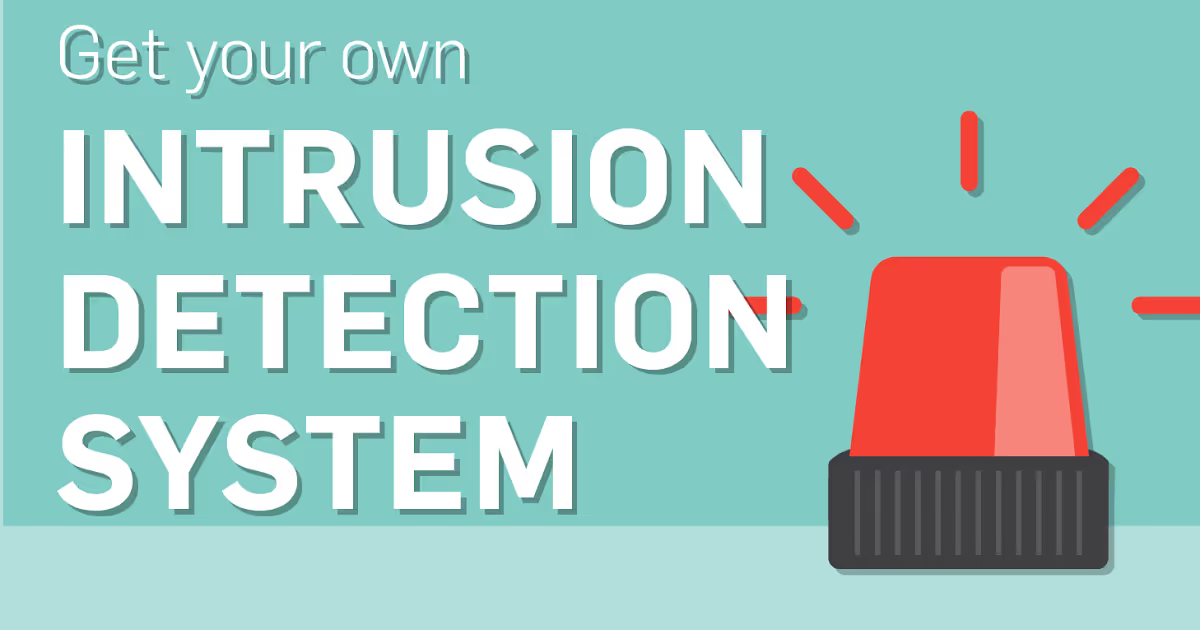Intrusion Detection System: What's Missing in HIPAA Security
The #1 most important piece of a data loss prevention method? An intrusion detection system.

The #1 most important piece of a data loss prevention method? An intrusion detection system.

It can be a struggle to protect patient data in today’s healthcare environment. Not only does the Internet of Things (IOT) virtually connect all healthcare systems, networks, workforce members, and equipment, but technologies are evolving quickly and hospital IT staff must keep up. On top of all of that, hacker techniques evolve even faster than technology manufacturers.
One of the reasons healthcare data breaches are so prevalent is the lack of proactive, comprehensive security systems dedicated to monitoring system irregularities. Security tools like intrusion detection systems, or IDS. A key piece of any security strategy, this tool/software should be implemented in every single hospital, doctor’s office, clearinghouse, or any other location sensitive data is received, transmitted or stored.
See also: White Paper: How to Implement and Maintain PCI Compliant Firewalls
Electronic storage of patient data is maintained on a network basis. This means the actions surrounding that sensitive data can be recorded if you have the right system (enter: IDS).
An IDS can log and alert you when suspicious actions (like the 3:00 a.m. login) occur in your system. Then, it’s up to you to investigate. Why was someone with administrative credentials logging into our EHR system at 3 in the morning? Was a doctor up late working? Or was it a hacker trying to get into the system when no one would notice?
The actions surrounding your sensitive Electronic Protected Health Information (PHI) can act as clues to what’s happening inside your network, and if it’s normal, suspicious, or downright unacceptable.
I know what you’re thinking, how is an IDS different from my anti-virus or firewall tools? Attackers and their malware evolve quickly, and it's difficult for anti-virus software to keep up with them. And there are many ways to bypass firewalls. Intrusion detection is another layer in security alerting that many entities need and miss out on until it’s too late.
See also: Payroll Phishing Emails Attack Hospital and Healthcare Security
Keep in mind that an IDS isn’t preventive. Similar to a private investigator, an IDS doesn’t interfere with what it sees. It simply follows the action, takes pictures, records conversations, and alerts the client. For more preventative measures you might consider an Intrusion Prevention System (IPS), which is an extension of IDS. The two systems are frequently paired together. However unlike IDS, it will prevent and block many intrusions that are detected.
Using IDS can help identify a suspected attack and help you locate security holes in your network that gave the bad guys access in the first place. Without the knowledge derived from IDS logs, it can be very difficult to find system vulnerabilities, or determine if patient health data was accessed/stolen.
Not only can an IDS help you see the weak points in your environment, it can help your brand after a hacker gets in.
By setting up alerts on an IDS, you can be alerted as quickly as suspicious activity occurs, which means you can get your task force together to stop it ASAP.
From a legal standpoint, a healthcare organization could also use the information stored by their IDS in a breach court case to show they did as much as possible to contain the breach.
Additionally, SecurityMetrics forensic investigators use information gleaned from client IDS tools to investigate breaches, such as how the hacker got in, how long they remained in the system, and when they exported data. This helps determine exactly how much patient data was exported, and what the organization must do to secure system vulnerabilities.
Just because you have an intrusion detection system doesn’t mean your network is impenetrable. Security should encompass a multi-layered strategy within your sensitive environment. An IDS is just one of the many pieces of that data loss prevention and security strategy.
No one tool, process, or technology is comprehensive enough to protect an organization from attack. Security must have a layered concept to achieve the maximum benefit to your organization.
If you correctly use an IDS, you will be able to significantly mitigate compromise risk within your organization, and you may even stop a breach in its tracks.